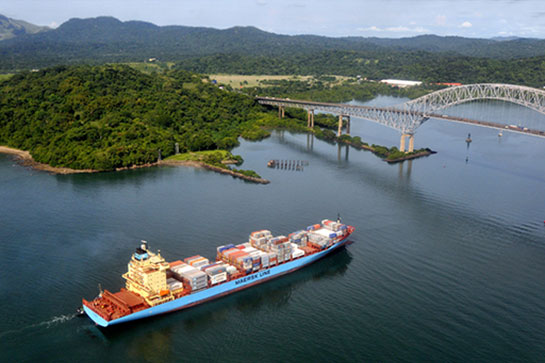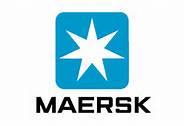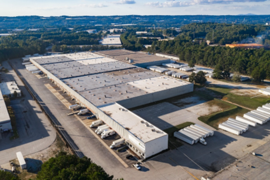Maersk Line has released its Sustainability Progress Update for 2013, showing a CO2 reduction of 3.8 million tons during a year when the business grew at a rate of 4.1%.
“It was a good year for Maersk Line – financially as well as in terms of our sustainability performance,” Søren Skou, ceo of the Copenhagen, Denmark-headquartered company, commented on April 7. “Our fuel efficiency improvements helped cut CO2 as well as air pollutants like SOx and NOx. So even while our business grew, we were able to reduce our environmental impact in absolute terms.”

Last year, Maersk Line, which is regarded as the largest container shipping company in the world in terms of revenues, took delivery of the first four of 20 Triple-E vessels. These ships are expected to set a new standard for energy efficiency. However, the main driver for the strong CO2 performance was the major overhaul of Maersk Line’s network.
One of the challenges outlined in the Sustainability Progress Update is the tightening regulation of sulphur emissions (SOx) that will require vessels sailing in so-called Emission Control Areas to switch to cleaner and thus more expensive fuels from January 2015.
“Air emissions are a serious issue in shipping, and we support the upcoming regulation. We are, however, concerned about the level of enforcement in Europe. The new regulation will be costly and without proper enforcement, some might be tempted to cut corners. This will erode the environmental improvements and create a commercial disadvantage for those that follow the rules,” said Jacob Sterling, Maesk Line’s head of sustainability.
In total, customers saved 2.6 million tons of CO2 in 2013 by shipping their goods with Maersk Line compared to an industry-average competitor, according to Sterling.
Meanwhile, the expansion of refrigerated container commerce continues as higher volumes of frozen and refrigerated foodstuffs are transported across the world’s oceans and seas. Maersk offers Super Freezer container service in which temperature is maintained as low as -60°C (-76°F). This allows shippers to carry cargo at a deep frozen state using proven and reliable refrigeration system technology. Especially benefiting from this service are suppliers of high-value seafood products including sea urchins, swordfish and frozen tuna utilized in the sushi and sashimi market.





